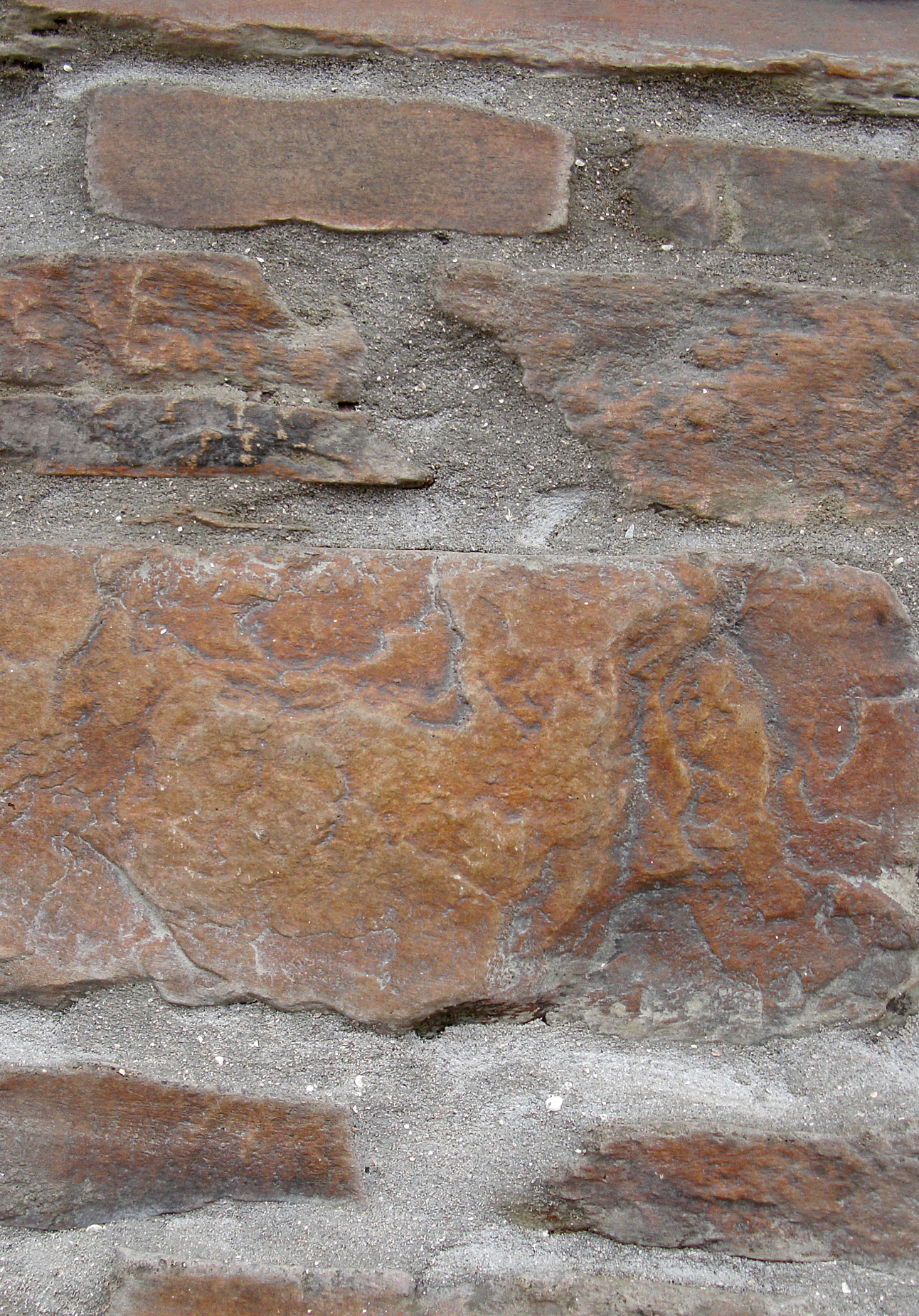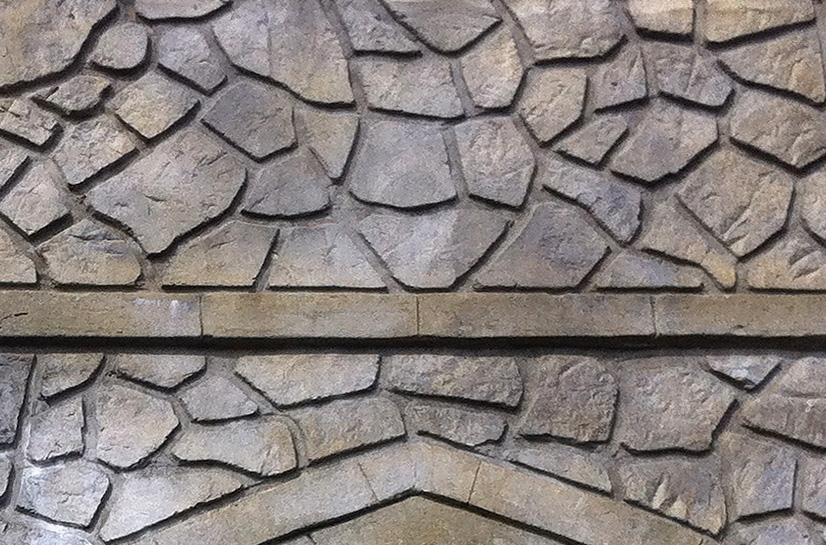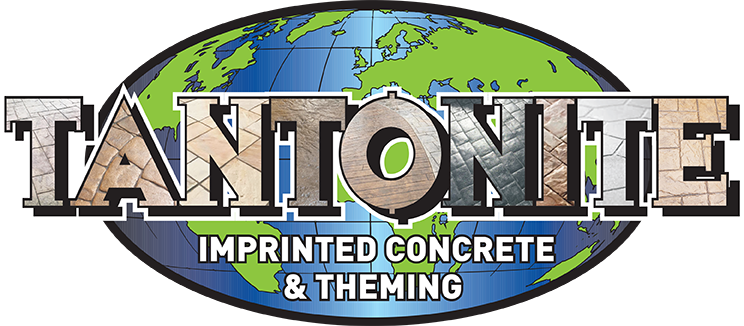Imprinted Concrete
The cost-effective alternative to stone, slate or brick
Imprinted concrete is concrete that is patterned and/or textured or embossed to resemble brick, slate, flagstone, stone, tile, wood, and various other patterns and textures.
Stamped concrete is commonly used for patios, paths , driveways, pool decks, and even interior flooring. The ability of stamped or imprinted concrete to resemble other building materials makes stamped concrete a less expensive alternative to using those other authentic materials such as stone, slate or brick.
Three procedures
There are three procedures used in imprinted concrete which separate it from other concrete procedures; the addition of a base colour, the addition of a colour hardener, a release colour, and imprinting a pattern into the concrete. These procedures provide imprinted concrete with a colour and shape similar to the natural building material. It also is longer lasting than paved stone, and still resembles the natural product.

Adding Base Colour
The base colour is the primary colour used in imprinted concrete. The base colour is chosen to reflect the colour of the natural building material. The base colour is produced by adding a colour to the concrete. Colour hardener is a powder pigment used to dye the concrete.The colour hardener can be applied using one of two procedures; integral colour or cast-on colour. Integral colour is the procedure where the entire volume of concrete is dyed the base colour. The entire volume of concrete is coloured by adding the colour hardener to the concrete truck, and allowing all the concrete in the truck to be dyed. Cast-on colour is the procedure where the surface of the concrete is dyed the base colour. The surface of the concrete is coloured by spreading the colour surface hardener onto the surface of the wet concrete and floating the powder into the top layer of the wet concrete.

Adding accent colour
The accent colour is the secondary colour used in imprinted concrete. The secondary colour is used to produce texture and show additional building materials (e.g. grout) in the imprinted concrete. The accent colour is produced by applying colour release to the concrete. Colour release has two purposes. Colour release is a pigment used to colour the concrete and colour release is a non-adhesive used to prevent the concrete stamps from sticking to the concrete.


Imprinted patterns
The pattern is the shape of the surface of the imprinted concrete. The pattern reflects the shape of the natural building material. The pattern is made by imprinting the concrete shortly after it has been poured with a “concrete stamp”. Most modern concrete stamps are made of polyurethane, but older “blade” style stamps were made of various metals. The old style stamps lacked the capabilities of forming natural stone texture. Concrete imprinting is the procedure which uses the concrete stamps to make the pattern in the imprinted concrete. Concrete stamps are placed on the concrete after the colour release has been applied. The concrete stamps are pushed into the concrete and then removed to leave the pattern in the imprinted concrete. we have multiple patterns available including stone, slate, brick, tile even timber and many many more
Added benefits
Imprinted concrete benefits over other products as it can be reinforced, dyed to match existing areas in colour texture and design and. as it’s a slab rather than multiple bricks/flagstones, has minimal weed ingress points, doesn’t suffer ground rutting due to vehicle use as paving bricks can or rock as flagstones can – making it ideal for low maintenance and cost affective projects.
Imprinted concrete driveways across Devon, stamped concrete, imprinted patterned concrete, artificial stone driveways, South West England.

